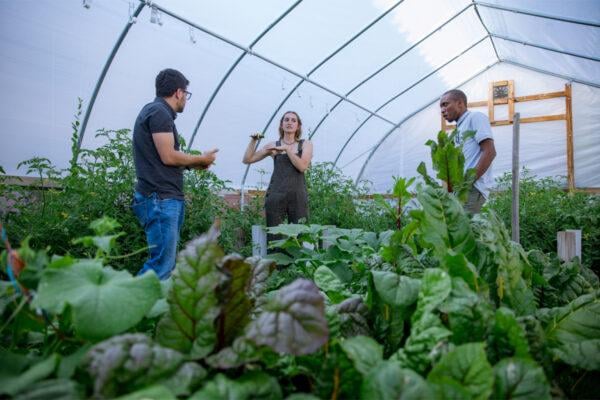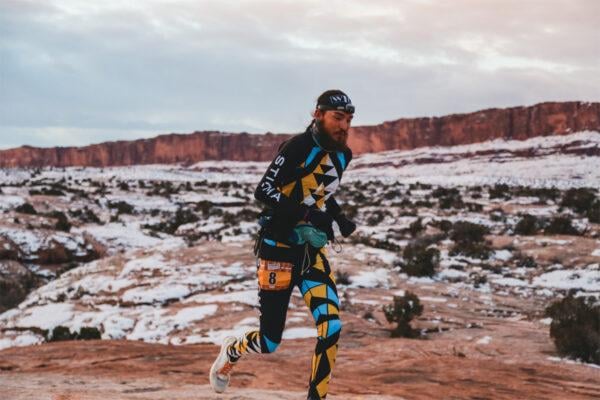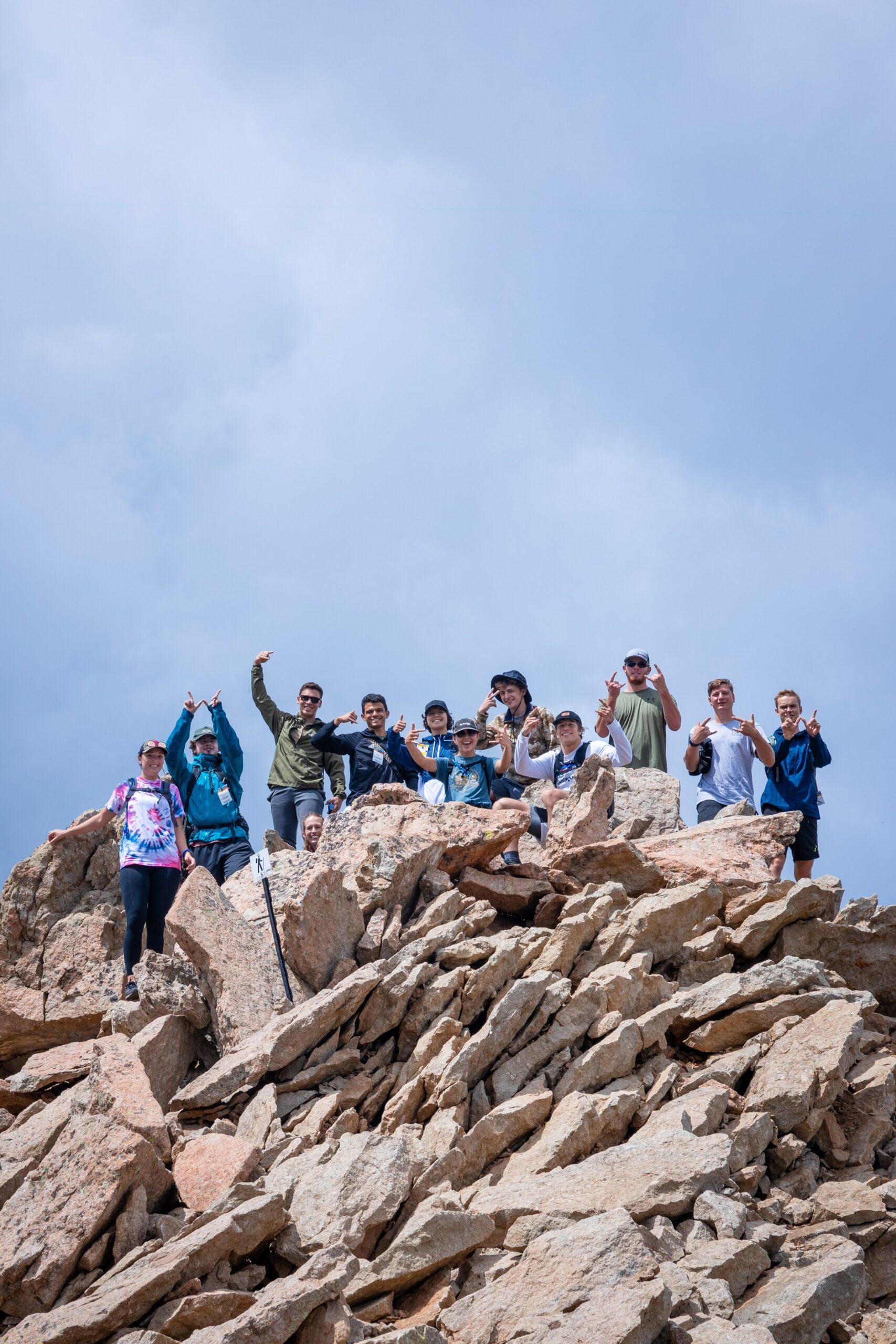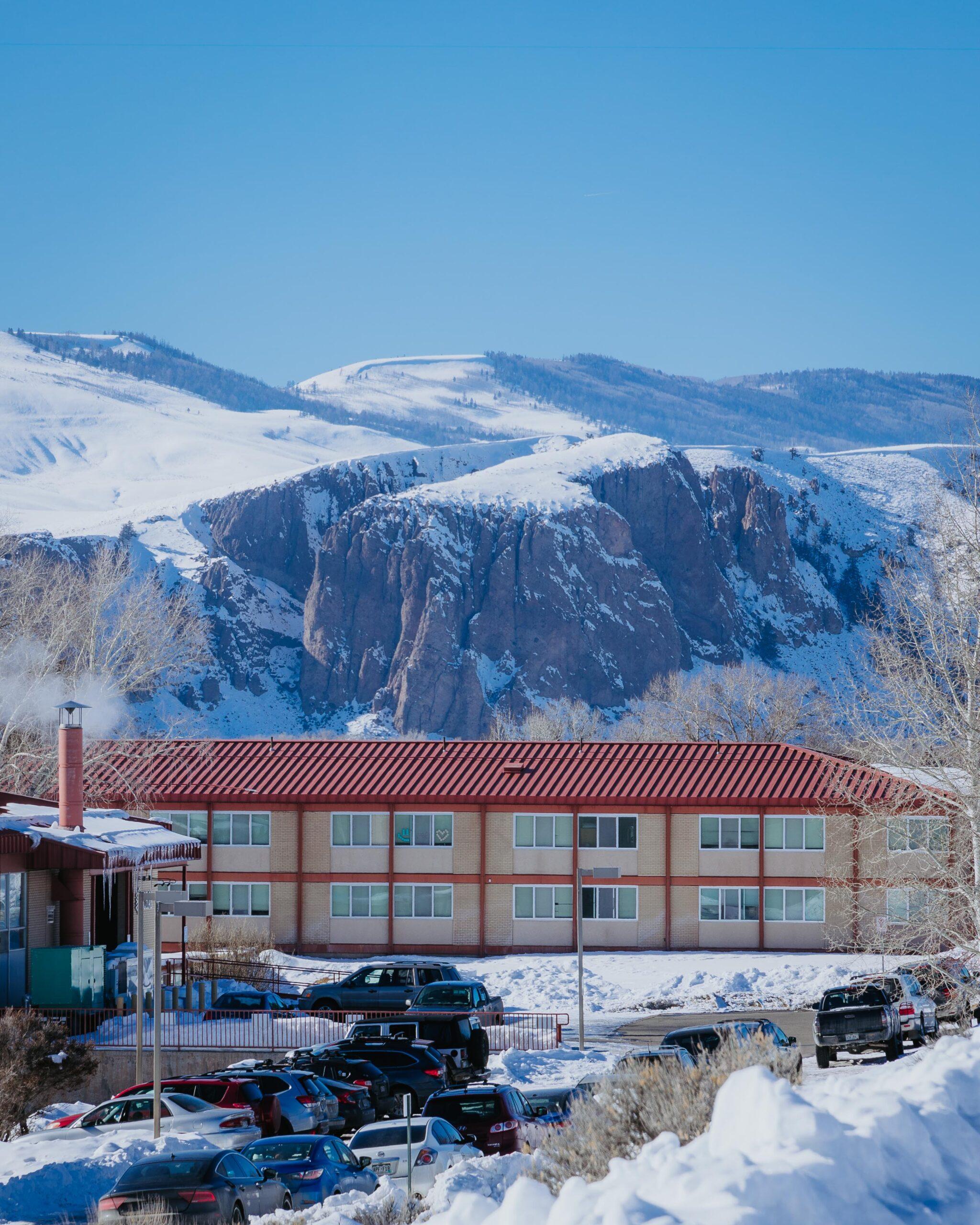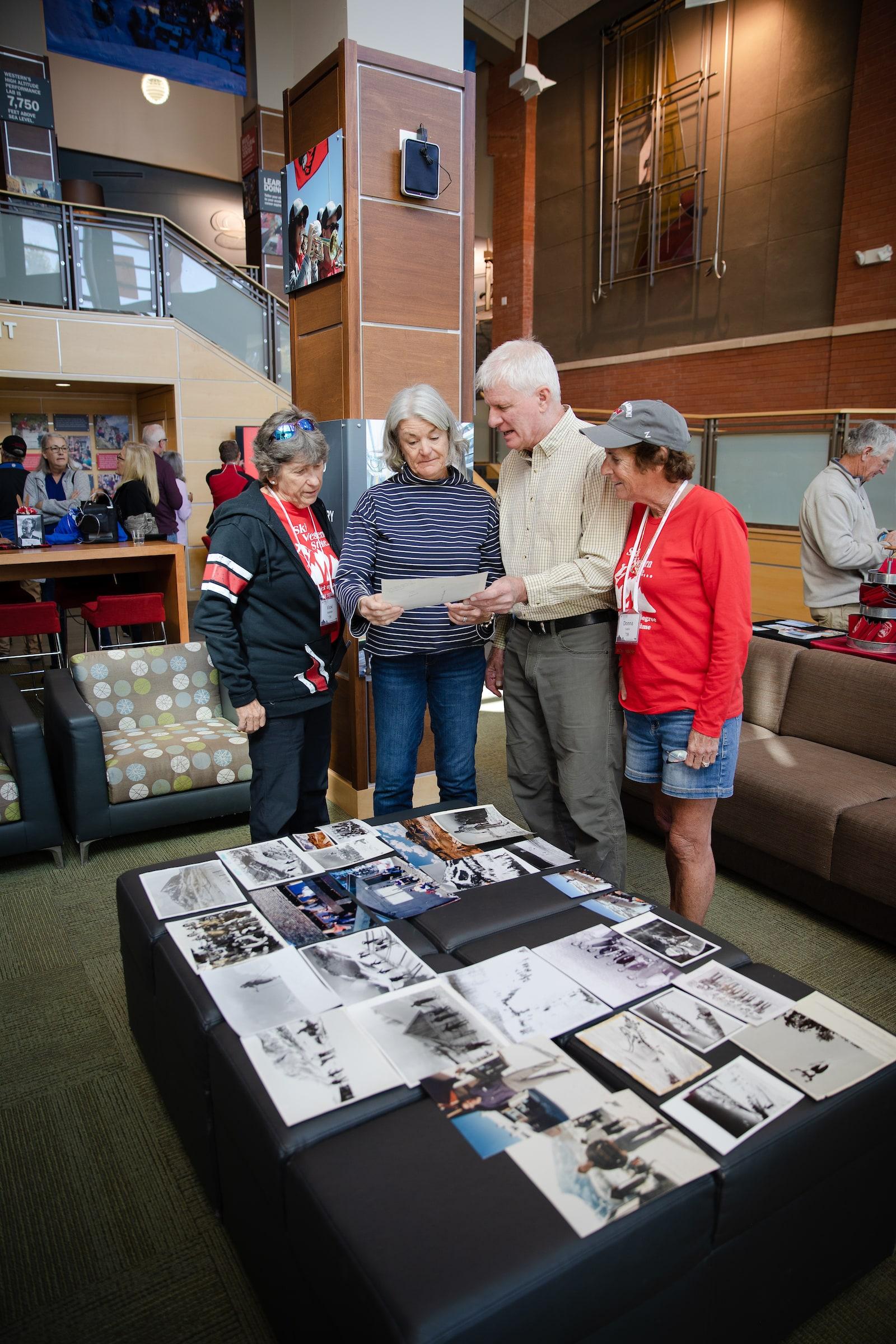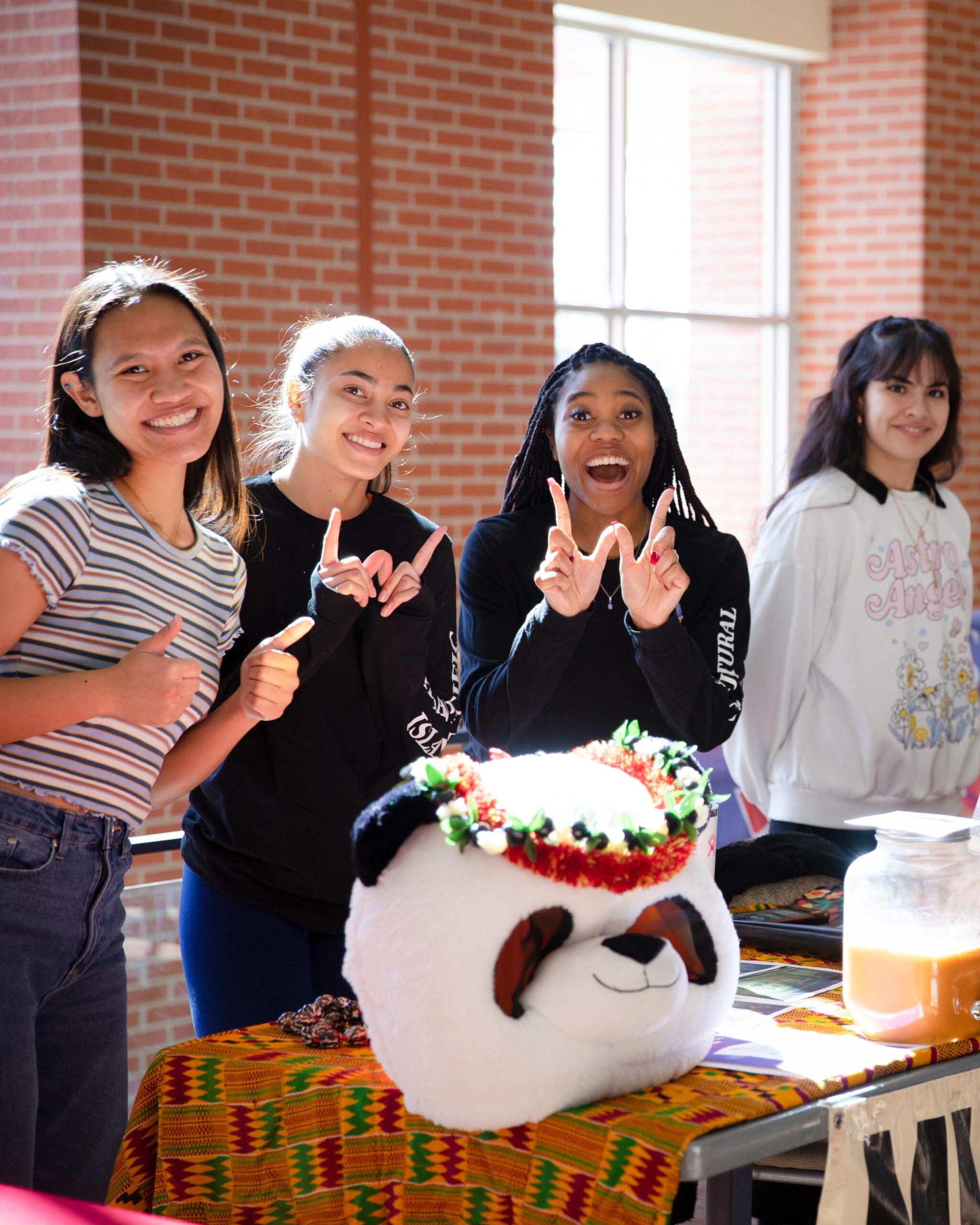The desolation that rocks Puerto Rico post-Hurricane Maria isn’t a secret. This isn’t new news, per se, but it is forgotten news.
The island is still mostly without power, clean water and food; FEMA is overworked and understaffed. The coverage comes and goes, but according to the two Western students who recently returned from a relief mission, the common thread is simple.
People aren’t doing enough.
“It’s true, we feel forgotten,” said Ián González-Basco, a Puerto Rican studying in the Master in Environmental Management program at Western, when he called from his aid camp on the island.
González-Basco was only able to talk for a short few minutes; cell phone coverage on the island is extremely spotty, and he had enough on his plate with running his aid camp. At the time González-Basco and his family were camped out near the coast, where they helped set up a clinic that ran off of a gas generator. Now the camp—and the nearby settlement—is reestablished on the grid.
The U.S. territory, larger than 26 states, considers itself in “Year Zero” after the hurricane, or when González-Basco was interviewed, Year Zero, one month, five days. Nothing is the same on the island, and “Year Zero,” the rebirth of the island, is a blessing and a curse. Dams are bursting and generators were destroyed en masse, leaving the population without food, water or electricity. But González-Basco said that the islanders plan on rebuilding everything better and stronger. They plan on refitting their power with solar and wind energy, but that is far in the future.
Right now the people of Puerto Rico are concerned with feeding their population and getting them access to clean water, both of which are sorely needed.
“People can know water management, land management and prevent certain kinds of disease,” he said. “We have already 60 people that have been identified with leptospirosis [a disease spread through the urine of infected animals—the urine spreading through contaminated water filled with dead livestock and wildlife]. One has already died. Health education would be our best return in investment. We can prevent a big disaster.”
“My focus is logistics,” he elaborated. “I just want everything to work.”
González-Basco and his team planned to head west, into the heart of the island. Relief efforts have, for the most part, been focused on the coastlines. Cities are rebuilding and the ports are overcrowded, to the point where hospital ships and cargo boats can spend days far beyond anchorage. The interior of the island has seen little of this relief.
“We’ve done good work, but there’s always more,” said Jake Burchmore, a Western student who runs a photojournalism blog based on his time on the island with González-Basco.
The infrastructure is in a much direr state on the interior of the island. Roads have seen little to no work, and locals don’t have access to clean water. González-Basco worries more about disease there than along the coast, as much of the area is tropical.
“There’s dead animals in the water,” Burchmore said. “No food, no infrastructure. The people at the center of the island are (as of Oct. 28) surviving off whatever they had stored, or through hunting.”
The local community has been taking charge, leading relief efforts for those in need. Every night, González-Basco and other local leaders are making sure their neighbors are safe. They’re engineers, doctors, farmers and security, all at once.
“Donate to the people that help,” Burchmore said. “Relief is expensive, and while care packages do help, it’s hard to ship them out to the people on the island.”
Western is doing its part there by hosting a Silent Auction.
“People are getting stronger,” González-Basco said. “We need to work with our own resources. We have a sun for energy, great land to empower our agricultural industry. We can be a great example of resiliency and sustainability.”
González-Basco returned to Colorado on Nov. 4.
Written by Mason Albrechtson. Photos by Jake Burchmore.

